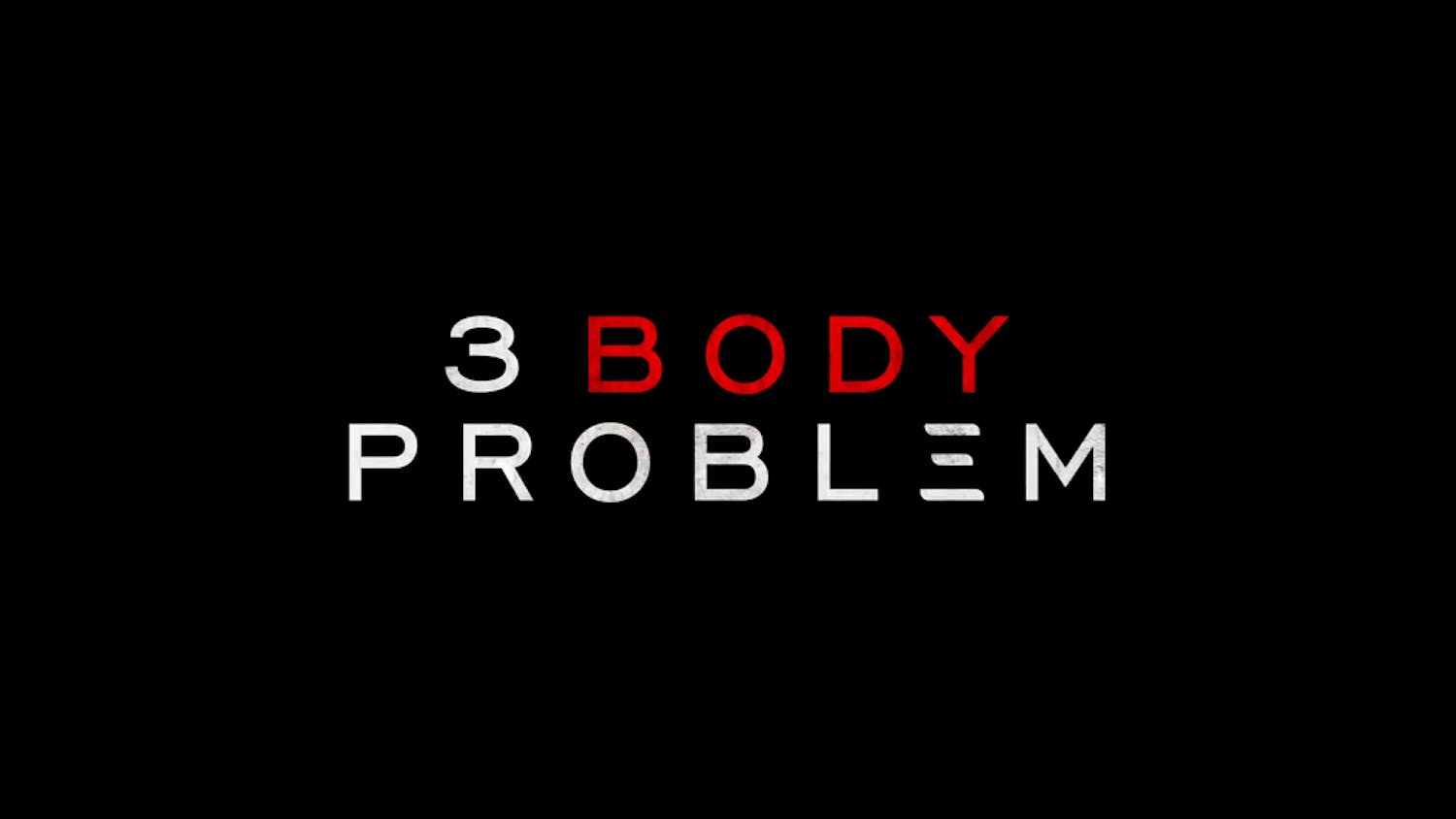Though the magic of movies is a phenomenon seen and referred to less and less often, viewers of "Hugo" will rediscover cinematic magic in its full force in legendary director Martin Scorsese's latest.
The film revolves around young orphan Hugo Cabret (Asa Butterfield), who lives between the walls of a Paris train station in the early 1930s. There, he follows in the footsteps of his dead father, a clockmaker, and works tirelessly to fix an automaton — essentially a complex wind−up toy — given to him by his father. Hugo goes to work for Georges (Ben Kingsley), who owns a toyshop in the train station, and quickly befriends Georges' goddaughter Isabelle (Chloë Grace Moretz). From there, the two friends go on an adventure to unlock the secrets of their families' pasts, and, for Hugo, to find a new family.
Prior to seeing the movie, film fans are likely to scoff at Scorsese's adaptation of the often−cheesy3−D format for his latest film. However, in "Hugo," Scorsese and cinematographer Robert Richardson overcome the format's gimmickry, creating the most beautiful and engaging 3−D movie experience since "Avatar" (2009). Indeed, the creator of "Avatar," James Cameron, told The Hollywood Reporter that "Hugo" "is magical to watch. This is absolutely the best 3−D cinematography I've ever seen."
The expert camerawork Cameron complimented emerges in the first scene of the film. The shot starts in the sky above a 1930s Paris, presenting a brightly illuminated Eiffel Tower in the distance and creating an excellent sense of depth, before it descends upon the train station where Hugo lives. Moving toward the station, the camera glides right down the middle of a train platform — people pass by in periphery as they bustle to catch their trains — and the camera accelerates until it reaches the main plaza of the train station. Audiences see Hugo's face, though he's somewhat obscured by the central clock embedded within the walls of the station.
This opening leaves viewers awestruck; they are bound not only to marvel at the sequence's exhilarating beauty, but also to ask themselves, "How did the filmmakers just do that?" Therein lies the essential magic of movies — their ability to completely absorb spectators with cinematic illusions, and trick them into believing that what they're watching is real.
Scorsese makes "Hugo's" 3−D style an integral part of the narrative of the film. In the movie's second half, Hugo and Isabelle discover that Georges used to make famous silent films — in fact, Kingsley's character is based on the real−life French filmmaker, Georges Méliès. In a discussion regarding Georges' films, the script references one of the first silent films ever made; in one scene, a train pulls up to a platform, terrifying audiences who thought the train would crash through the screen and into the theater. A few scenes later, Scorsese reinvents this silent film by having a train hurtle frighteningly toward the audience in 3−D. Scorsese thoroughly understands the magic of movies, and seems find joy in experimenting with how viewers perceive the medium of film.
Although the visuals are perhaps the most striking element of the film, "Hugo" exudes quality in every other aspect as well. Butterfield gives a fine performance as Hugo, but Moretz shines as Isabelle, a bookworm who constantly uses — and misuses — obscure words in conversation. The 14−year−old handles her role with the sophistication of an actor well beyond her years.
The veteran actors also deliver. Kingsley is predictably great, and Sacha Baron Cohen is hysterical as the train station's security guard, who chases Hugo for stealing food but always fails to catch him — during one attempt, Cohen gets caught on a moving train as it is leaving the platform; only moments later, a suitcase collides with his crotch. With a ridiculous accent and mannerisms, Cohen brings a sense of uniqueness to his character and has viewers grinning every time he comes onscreen.
"Hugo's" enchanting score, by Howard Shore, ties all of these elements together. The music sets the film's quick pace, and steadily builds tension as Hugo comes closer to unlocking the mysteries that surround him.
Anyone in need of an escape from reality should head to the theater to see "Hugo." From the film's visuals to the engrossing story and characters, this magical movie will have you beaming for the majority of its two−hour run. Hopefully, directors like Scorsese keep their filmmaking secrets safe, to maintain the believability of cinematic illusions and keep the magic of movies alive.





